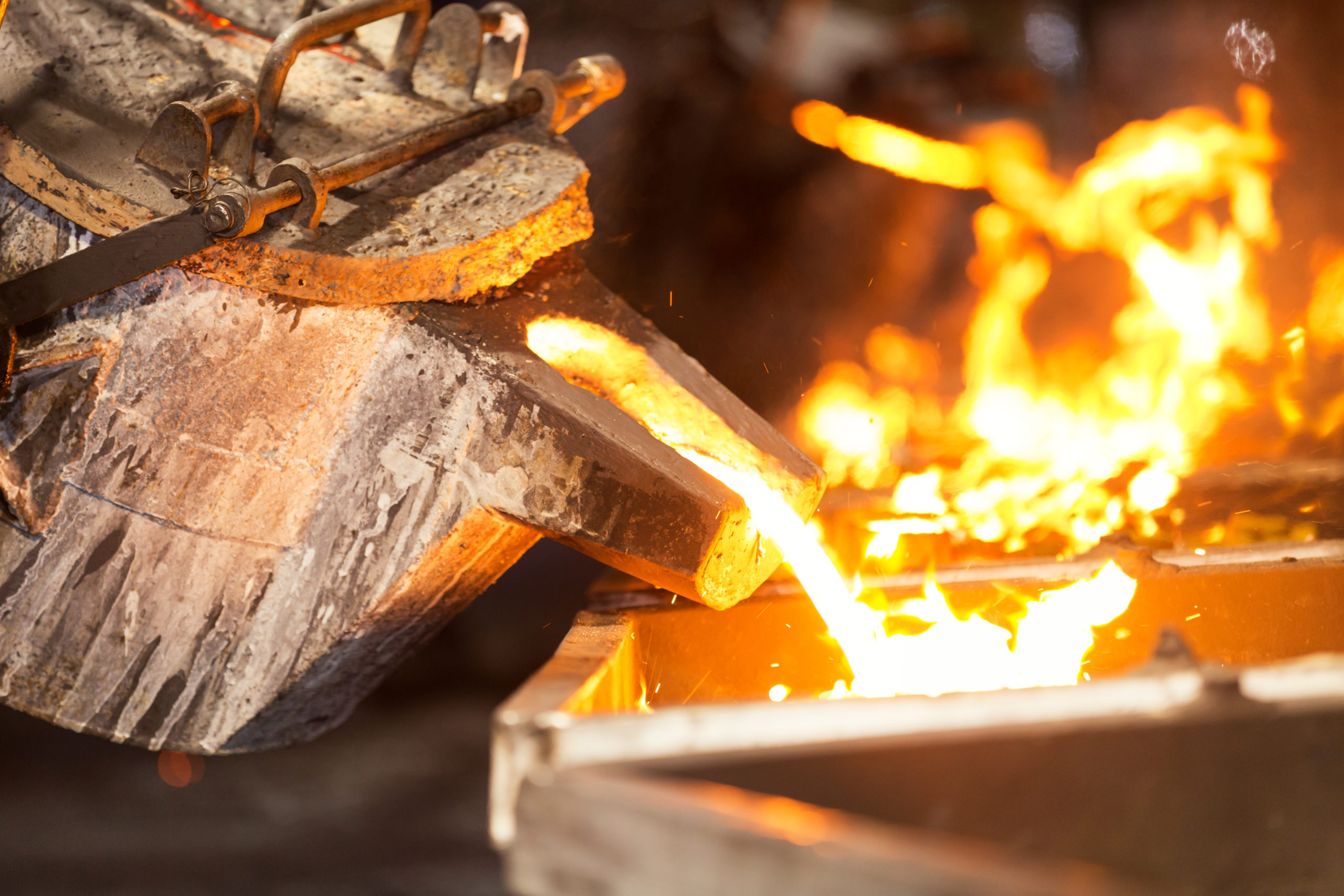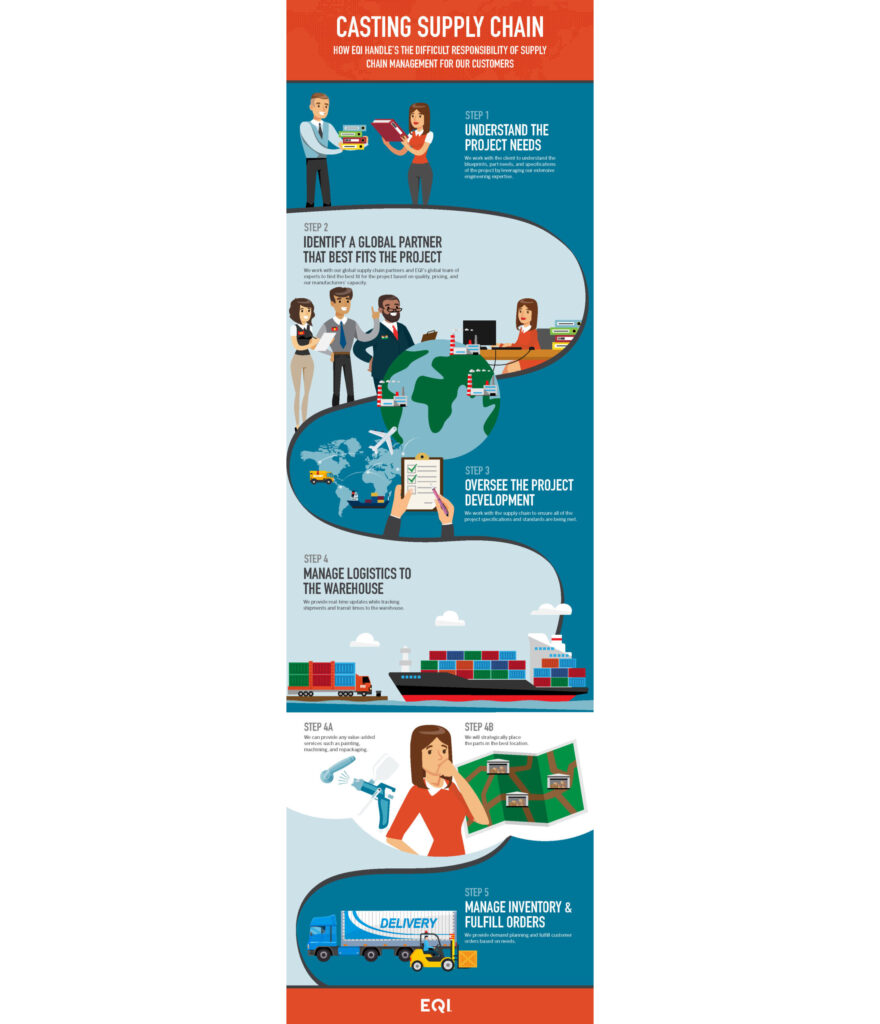
The Now Normal New Normal
By: Mike Gavle, Logistics Manager
Virus outbreaks. Natural disasters. Vessel accidents. Geopolitical instability. Exceedingly high demand. Freight rates so high they would have been unimaginable only a short time ago.
The now-normal new normal, for supply chain operations, is not likely to improve anytime soon.
January and February saw US west coast terminals handling an all-time historic low (58.2%) share of total imports from Asia to the United States, while the US east and gulf coast terminals handled average all-time high percentages. In advance of July 1, when the existing longshore labor agreement on the West Coast will expire, beneficial cargo owners (BCOs) have diverted enough volumes away from the US west coast that terminal operations on the other US coasts are now constrained.
As demand for the US east and gulf coasts increases, steamship lines have boosted vessel sizes and added new services in these ports. Queues for terminals along these coasts now well exceed 70 total vessels. Shippers now must attempt to manage the same challenges on the East and Gulf Coasts that they’ve had to manage on the West Coast for the last 12 months.
Covid outbreaks in China (and the government’s response to them) are causing havoc to landside origin operations, with vessel queues climbing daily for China ocean terminals. Whenever this current covid crisis finally untangles, the whiplash effect on North American terminal operations will be significant.
The now normal is an environment where supply chain design, team members, and partners must acknowledge that further disruption—whatever the cause—will continue to unfold. The effects of such disruption in the now normal, including the financial costs of moving freight, are exceedingly painful. Planners should continue to plan conservatively. Any freight arriving ahead of conservatively planned transit times should be considered an upside and not a signal of an improved containerized freight network.
North American port productivity has proven not to be the singular pinch point in the end-to-end network. North American landside operations including domestic rail, domestic trucking, and domestic warehouse operations must become more efficient on their own and in concert to benefit from any singular nodal improvement at origin, on the water, or in domestic terminal operations.
Should demand cease, virus activity disappear, and steamship capacity become fully realized, the end-to-end network is still 12 months from anything resembling the old normal. In the meantime, EQI is helping OEMs navigate the now normal to secure parts on time and on budget. Contact us to see how we can help simplify your supply chain.

Managing the Casting Supply Chain
By: Mike Gavle, Logistics Manager
Today’s supply chains are more complex than ever and continue to be impacted by the pandemic, natural disasters, geopolitical challenges, trade disputes, and other risks.
Successful management of a casting supply chain requires a defined step-by-step process; metallurgical and casting design expertise; sourcing and logistics experience; on-the-ground management of a global network of foundries; and flexible fulfillment solutions. For many OEMs, that means contracting with a trusted supply chain partner.
EQI takes a proven approach to manage the global casting supply chain for our OEM customers. Contact us to learn more.
